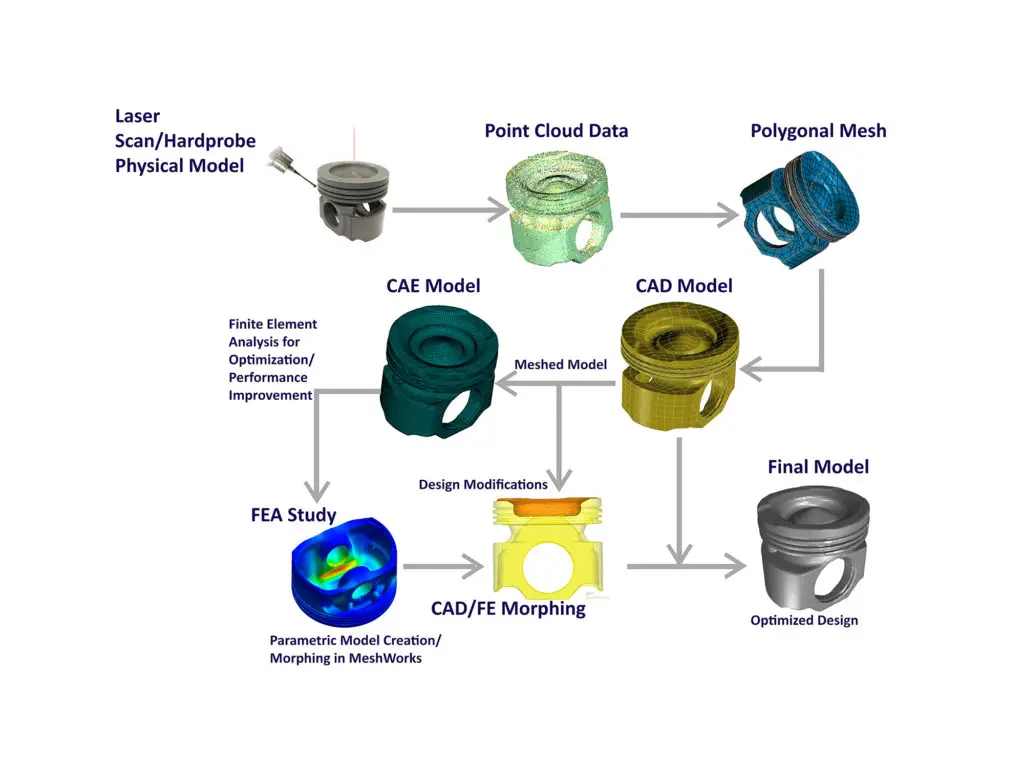Reverse Engineering in Telecommunications: Unraveling Complex Systems

Reverse engineering is the process of dismantling a system or product to learn its design, function, and operation. In the context of telecommunications, reverse engineering involves dissecting and analyzing the intricate elements of communication systems to comprehend their underlying principles and functionalities. This process plays a crucial role in understanding, troubleshooting, and potentially improving telecommunications technologies.

The Significance and Applications of Reverse Engineering in Telecommunications

-
Troubleshooting: By examining the structure and operation of telecommunication systems, reverse engineering can help identify vulnerabilities, bugs, and flaws that may hinder their performance. This information can be leveraged to rectify issues, optimize system efficiency, and improve reliability.
-
Knowledge Acquisition: Reverse engineering enables engineers and researchers to grasp the inner workings of complex telecommunication technologies. This gained knowledge can contribute to the development of innovative solutions, advancements in communication protocols, and the implementation of novel features.
-
Legal and Ethical Considerations: Reverse engineering is often employed to ensure compliance with regulatory standards and to validate the performance of telecommunication systems. Additionally, it can aid in detecting potential security vulnerabilities that could be exploited for malicious purposes.
Key Concepts and Approaches Used in Reverse Engineering
-
Hardware and Software Disassembly: Reverse engineering involves the meticulous disassembly of hardware components and the decompilation of software programs. This process aims to understand the relationships, functionalities, and interdependencies among various components and modules.
-
Protocol Analysis: Reverse engineering often entails analyzing the communication protocols used in telecommunication systems. This involves capturing and interpreting data packets, identifying message structures, and understanding the sequence and semantics of protocol exchanges.
-
Code Analysis: When examining software components, reverse engineering involves analyzing the source code or bytecode to unravel its logic, control flow, and data structures. This can provide insights into the underlying algorithms, data processing methods, and the overall design of the software.
Challenges and Ethical Considerations
While reverse engineering is a valuable tool, it poses certain challenges and raises ethical considerations.
-
Legal Implications: Reverse engineering may be subject to legal restrictions, such as copyright and patent laws, which vary across jurisdictions. It is essential to adhere to these regulations to avoid legal complications.
-
Proprietary Technologies: Reverse engineering can involve the examination of proprietary technologies, which may be protected by intellectual property rights. Gaining access to such technologies and leveraging them for commercial purposes without authorization can lead to legal disputes.
-
Security Implications: Reverse engineering can also unearth security vulnerabilities in telecommunication systems. Disclosing these vulnerabilities publicly without responsible disclosure can inadvertently aid malicious actors in exploiting them. Therefore, it is crucial to handle sensitive information ethically and responsibly.
In summary, reverse engineering in telecommunications plays a pivotal role in troubleshooting, acquiring knowledge, and ensuring compliance. It involves disassembling hardware and software, analyzing protocols and code, and understanding the interplay between components. While possessing immense benefits, it must be conducted with consideration for legal, ethical, and security implications.

This article provides a clear and concise overview of reverse engineering in telecommunications. I appreciate the emphasis on its importance in understanding, modifying, and securing complex systems.
While the concept of reverse engineering is interesting, I question its practicality in the real world. Telecommunication systems are highly complex, and it seems like it would be almost impossible to fully unravel them.
The article correctly highlights the role of reverse engineering in identifying vulnerabilities. However, it would be valuable to include more specific examples of how this has been successfully applied in practice.
The author’s claim that reverse engineering is crucial for innovation is debatable. While it can provide insights, relying solely on existing designs may stifle creativity and hinder the development of truly groundbreaking solutions.
Isn’t it ironic that we have to rely on reverse engineering to understand systems that were originally designed to be understood by humans?
Oh, so now we’re all going to be reverse engineering experts? I’m sure that will end well, with no unintended consequences whatsoever.
I can’t help but imagine a team of engineers huddled around a telecommunications system, muttering, ‘Let’s break this thing into a million pieces and then put it back together again. What could possibly go wrong?’
Interesting article. Reverse engineering has always fascinated me, and it’s great to see its applications in the field of telecommunications.